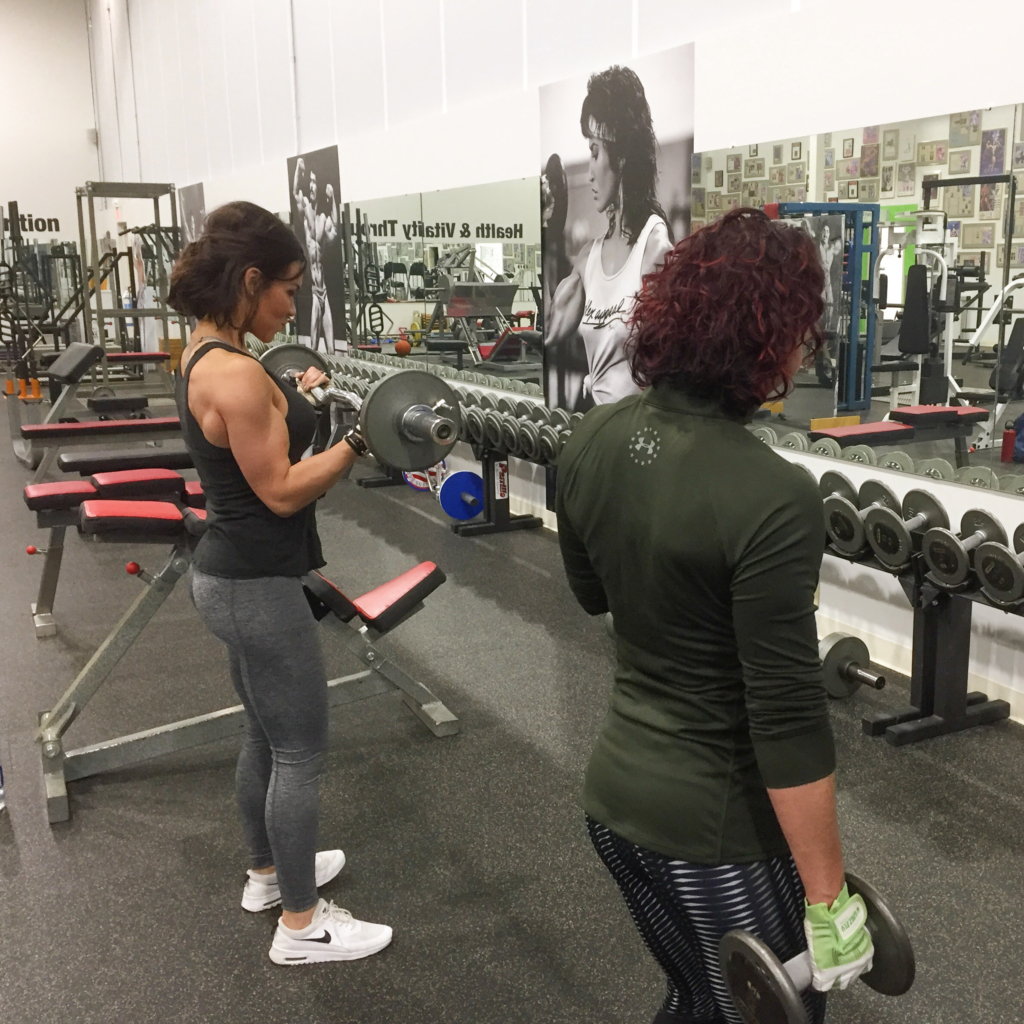 In Part One, we considered several things that we can do to control chronic, systemic inflammation. Let’s review:
In Part One, we considered several things that we can do to control chronic, systemic inflammation. Let’s review:
-Improve body composition
-Exercise regularly
-Get between 7 and 8 hours of sleep
-Watch our intake of “vegetable” oil and boost omega-3 fatty acid consumption
-Avoid trans fats
-Decrease refined carbohydrates
-Consume at least 30 grams of dietary fiber per day
In Part Two, we’ll add to the list.
Diet (continued…)
Though the previous article was brought to an end on the topic of diet, we’ll resume on the same to emphasize the fact that it is probably the most powerful and pliable tool that we have to modulate chronic inflammation and enhance health.
We should boost our veggie intake.
Increased consumption of vegetables and particular fruits is inversely associated with inflammation. In other words, studies have shown that people who eat more foods such as spinach, broccoli, onions, and berries demonstrate decreased levels of inflammatory molecules. Much of this relates to the fact that many plants are rich in compounds called polyphenols. Flavonoids, the most common subclass of polyphenols, are usually concentrated in the skins and peels and are responsible for the deep color of fruits and vegetables. In the August 2017 article titled Five Food Hacks, we examined the importance of eating foods with a variety of vibrant colors. The polyphenolic compounds provide antioxidant properties and protect the plant from pathogens, ultraviolet light, and other stress. In our bodies, these chemicals protect our cells by modulating the activity of a wide range of enzymes and cell receptors, many of which help to control inflammation.
Another reason to boost veggie intake is that vegetables are high in fiber. As mentioned in Part One, fiber can blunt rises in blood sugar and slow the release of insulin, which is critically important for controlling inflammation.

Microbiota
Humans are colonized by trillions of microorganisms – bacteria, fungi, viruses, protists, and archaea – that live on our skin and in our bodies. Studies indicate that these microorganisms likely outnumber our own cells by at least 3 to 1. While there is still much that we do not know about the human microbiota, we do know that many of the microorganisms work with our own cells in a synergistic fashion. We depend on them and they depend on us for normal physiologic function and optimal health. This symbiotic relationship developed as we co-evolved over millennia.
There have been particularly robust research efforts in recent years focused on better understanding the varieties and influences of intestinal microorganisms. Indeed, the gut microbiota has the potential to greatly influence both local and systemic inflammation. When an imbalance in microorganisms, known as dysbiosis, is present, inflammation might increase through a number of complex mechanisms. One mechanism relates to the process of endotoxemia. When dysbiosis occurs due to an increase in bacteria that produce lipopolysaccharide (LPS) and/or a decrease in LPS-suppressing bacteria, intestinal barrier integrity is often compromised. In this situation, LPS (aka endotoxin) can cross the gastrointestinal mucosa and reach systemic circulation. Once in circulation, the LPS can infiltrate various tissues (e.g. liver, adipose, brain, etc.) and activate CD14 proteins, which lead to the eventual expression of multiple inflammatory molecules such as nuclear factor κB (NF-κB) and activator protein 1 (AP-1).
Said more simply, an imbalance in our gut microorganisms can allow potentially harmful molecules to pass through the gut and wreak havoc on the rest of our body systems.
Dysbiosis may arise from infections, immune defects, metabolic alterations, dietary changes, or antibiotic treatments.
So what do we do about it?
Optimization of gut microbiota is a hot topic. While there is much that we do not yet know, there is one thing about which we can be certain – diversity is very important. The microorganismal community functions best when its population is diverse. Early evidence suggested that the gut microbiota is comprised of 500-1000 species of microbes while more recent estimates have proposed a much larger number, some even as high as 35,000 different species. Though understanding the composition and function of a microbiota with such diverse species is a formidable task, large-scale efforts including the Meta-HIT and the Human Microbiome Project (HMP) have made great strides in recent years.
The large diversity of microorganisms within our guts offers greater protection against pathogens, like soldiers armed with a variety of weapons. The different microbes also help to extract different nutrients from our diets. Additionally, the various species secrete unique chemicals, which modulate our immune systems in important ways.
When certain species become dominate and crowd others out, dysfunction and disease may arise.
We should strive for dietary diversity.
One of the best ways to maintain microbial diversity is by eating a diverse diet. Just as we prefer different foods, so do our microbes. Do you eat too many of the same foods? Not to worry. Though it was previously thought that it might take weeks to years to change microbes in the gut, recent studies indicate that such changes begin to take place within hours and after three to four days, there can be a large shift in microbial poopulations in response to dietary modifications.
Nutritional Supplements
In addition to omega-3 fatty acids, which were mentioned in Part One, several other dietary supplements may have a place in modulating inflammation. While the list is long, some of my favorites include turmeric/curcumin, ginger, evening primrose oil, Boswellia Serrata, and melatonin. I have observed symptom improvement and reduction of inflammatory markers in a large number of patients with these supplements.
Let’s summarize Part Two.
What are some additional things that we can do to help control chronic, systemic inflammation?
-Boost our intake of vegetables
-Support our microbiota by eating a diverse diet
-Consider dietary supplementation
As our understanding of health and disease continues to expand, it becomes ever more clear that we should do what we can to control chronic inflammation. The strategies outlined in this two-part series provide an excellent framework to facilitate our ability to do so.

